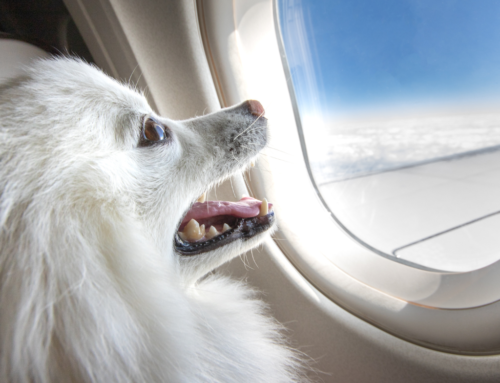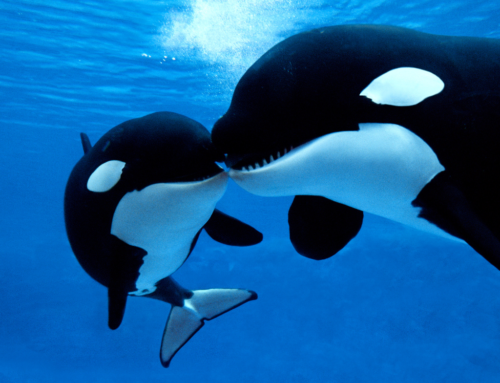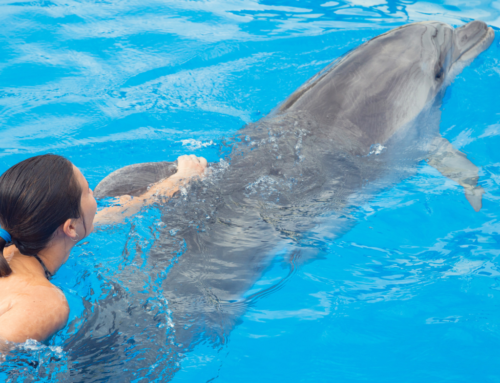
The Galápagos Islands are a top bucket list destination for nearly every wildlife lover in the world. Each island boasts its own unique wildlife niches and microenvironments. However, for very good reason, the Galápagos enforces extremely strict rules to protect the unique wildlife and horticulture. Here are the rules of the Galápagos Islands and what they mean to you as a tourist.
Table of Contents
Why These Rules are Necessary
First, let’s discuss exactly why these strict rules are necessary. The Galápagos Islands are some of the most unique ecosystems in the world. Each island contains flora and fauna specific to that area of the world, or even specifically that island itself. This makes the Galápagos incredibly unique and special, but also incredibly delicate. All it takes is one traveler carrying a foreign disease or one careless tourist touching something they shouldn’t for a disaster to happen. Because many of these animals and plant life are not genetically diverse, one disease can easily wipe them from the face of the planet.

Obviously, we don’t want that to happen. Neither does the Galápagos Conservatory Foundation. They have placed 14 specific rules that they expect every visitor to strictly follow during their time on the islands.
Rules for Protected Areas of the Galápagos Islands
There are A LOT of protected areas of the Galápagos islands. While you are allowed to visit these areas, you must be accompanied by a naturalist guide authorized by the GNPD or authorized tour or boat operators in aquatic areas. This is EXTREMELY important! While it can be annoying to visitors (guides can get expensive), it’s solely for the protection of the plant and animal life on the islands.

Hiking and Exploring the Galápagos Islands
While hiking or exploring the nature of the Galápagos Islands, visitors must stay on the marked trails. This is not only for the plant and animals’ safety, but yours as well. Some wildlife can get very territorial and they know what areas of the island visitors do not travel to. Some plant life can also be toxic to humans or even have sharp spines that can seriously injure you. These risks are drastically minimized when staying on the trails.
Interacting with Wildlife
Some of the most important rules revolve around wildlife. Never feed any animals you see on the island. An improper diet can cause some serious health problems and it is a major way to spread disease. Feeding wildlife also makes them less afraid and more dependent on humans which can be dangerous for them as well.
Keep at least 6 feet (2 meters) from wildlife to keep from disturbing them. This also prevents spreading disease to the wildlife. This rule is much more difficult than it may seem, as some of the wildlife will approach you! Even if this happens, you must try your best to stay the proper distance from them. Sea lions especially will come right up to you, and iguanas are known to sunbathe along the marked hiking trails. Just try your very best to keep your distance, and never EVER feed or touch the wildlife.

Flash photography is prohibited, and commercial photography or videography must be approved by the GNPD beforehand. Camera flashes can damage animals’ delicate eyes, or frighten them in a way to cause injury to themselves or to you. This is a good rule to follow anywhere you are interacting with animals. For example, I cared for an elephant at the Elephant Nature Park in Thailand that had been blinded by flashing lights during her time in the circus. Don’t use flash!
Drones are also illegal. Leave your drone at home or locked in a paid locker on Ecuador‘s mainland. It WILL be confiscated if you bring it on the island.
Camping, Fishing, and Watersports on the Islands
Camping is allowed at certain spots around the islands. However, authorization from the GNPD must be made at least 48 hours beforehand. Better to get permission before arriving!
Fishing is surprisingly allowed in certain areas as well. Fishing is only allowed on boats authorized by the GNPD.
Motorized aquatic sports, mini-subs, and aerial tourism are strictly forbidden. This includes jet skis and wave runners, drones, and any motorized diving other than scuba diving. It disturbs the wildlife and can potentially damage plants and animals in the water and air. However, scuba diving and snorkeling are super popular activities around the islands, and are completely safe as long as you follow the rest of the rules!
Leave No Trace on the Galápagos Islands
A majority of the rules follow the “Leave no Trace” motto. This implies that if someone were to examine an area before and after you went through, they would not be able to even tell you were there. It is highly illegal to remove or purchase animals or animal parts, plant life, coral, shells, lava rock, or native wood from any of the islands. The punishment for purchasing or stealing these items is severe. Some retailers will try to sell illegal souvenirs to unsuspecting tourists. Do NOT purchase these! It does not matter if you purchased it from a retailer, you WILL be punished for owning the item.
Don’t litter. This may be an obvious rule, but you’d be surprised how many people leave behind garbage on the beaches and trails. While visiting the islands, I noticed there are very few plastic bags and bottles. Sodas and other drinks are sold in glass bottles that are repeatedly recycled to reduce the amount of waste left behind by tourists.

It is also the responsibility of the tourist not to introduce any foreign plant or animal matter onto the islands. This means no animals or parts, live plants or parts, or even fresh fruits and vegetables can fly with you to the islands, even if you purchased them on mainland Ecuador or on another island. These items cannot be transported from island to island either, so don’t pack a fresh apple for your day trip to a neighboring island! This is one of the biggest rules of the Galápagos Islands. Before leaving the mainland, the inside of the plane will be sprayed with disinfectant to help prevent the spread of disease to the islands. You and your carry-on luggage will be disinfected at this time, and your checked luggage will have gone through something similar. Don’t worry! This isn’t harmful and won’t affect you or your clothing. I wouldn’t have even noticed if they didn’t announce it beforehand on the plane!
Finally, bring only reef-safe sunscreen with you. Any sunscreen that will damage the local reefs will be confiscated, and purchasing sunscreen on the islands can get very expensive. And trust me, on the equator, you WILL want sunscreen! Check out the full list of reef-safe sunscreen here. This isn’t technically one of the written rules of the Galápagos Islands, but your sunscreen may still be confiscated. It’s always good to be aware of any ecological damages your products may cause!
What Else to Expect
The local government and police take these rules VERY seriously. Prepare to have your luggage x-rayed and possibly searched before you leave AND after arriving. You will go through normal airport security on your way there but go through a second security team at your arrival. This is purely for the protection of these beautiful and unique ecosystems you are about to visit, so don’t panic!

Upon your arrival, you will also need to pay $100USD per person ($50 USD for under 12 years old) to enter the island. This money goes directly to conservation and helps maintain the islands. The entrance fee must be paid in cash, so prepare before you leave the mainland! Read here for the most recent updates on this fee before you leave.
Visitors must also pay for a visa at the airport before you leave. You must have a date and proof of transportation off the island to be allowed entrance. Visitors are only allowed to visit up to 90 days at a time with tourist visas. I had absolutely no problem getting my visa at the airport. Just be sure to arrive a little early in case there is a line! The visas cost $20USD per person.
“The natural history of this archipelago is very remarkable: it seems to be a little world within itself.”
Charles Darwin on the Galápagos Islands, The Theory of Evolution
The rules of the Galápagos Islands were incredibly daunting to me before I visited. However, the GNPD is there to help you and protect their beloved islands. Just double-check your bags before leaving for the airport. If you have something you cannot bring with you, try renting a locker at the airport or at your hotel or hostel until you get back. Many accommodation locations around Quito and Guayaquil offer this service! The Galápagos Islands are definitely worth the headache of trying to plan and follow all of these rules to a T. I have never been somewhere so beautiful and special. I can’t wait to return!
Shop Galápagos Travel Essentials
Like this article? Pin it!



























Leave a Reply